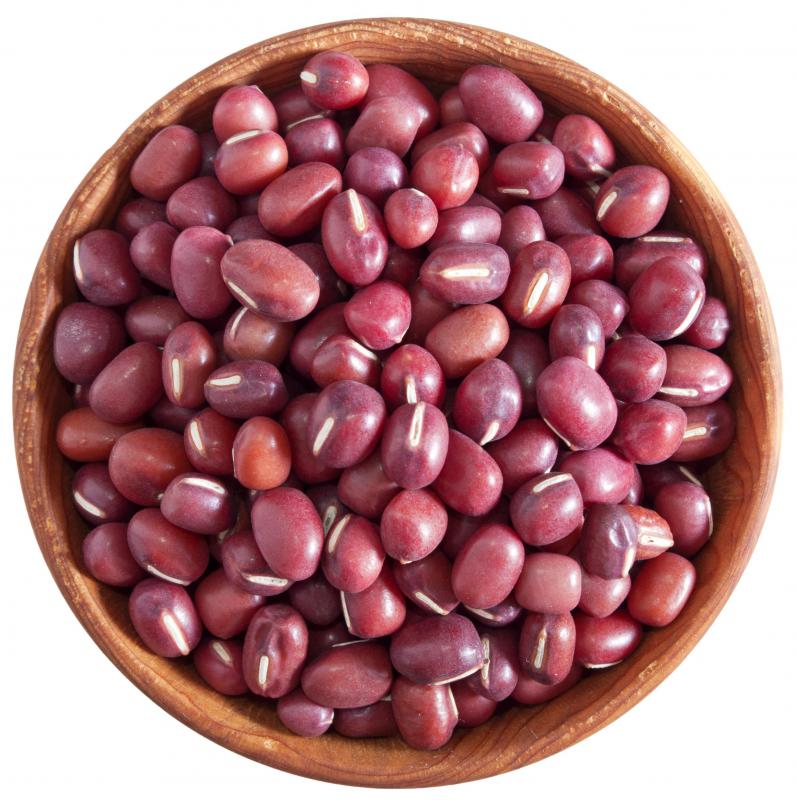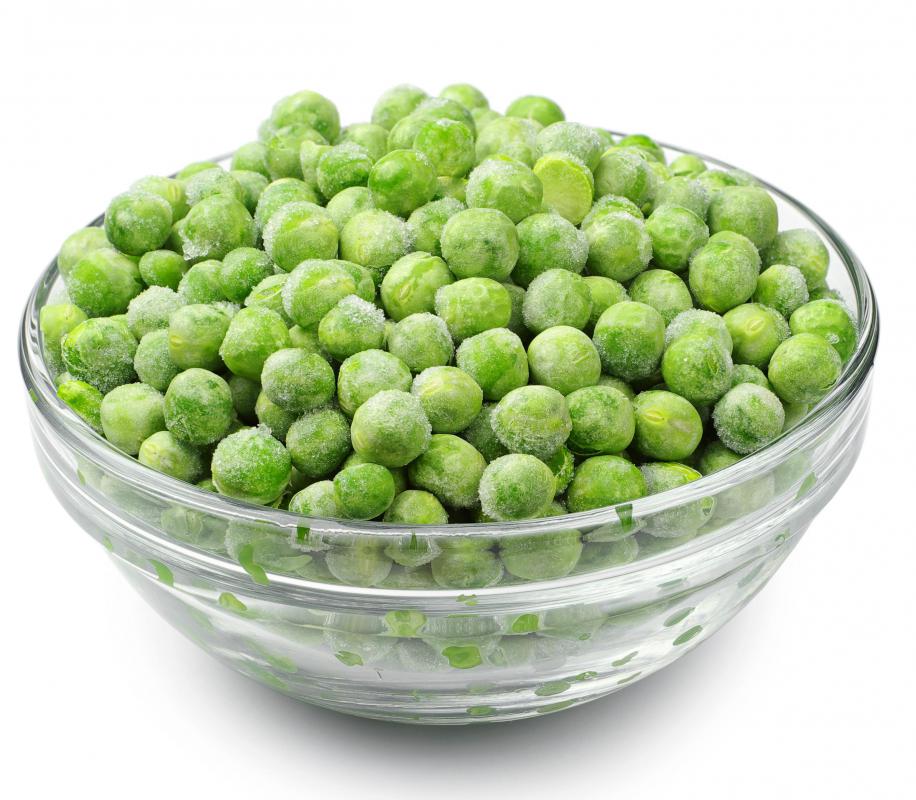At DelightedCooking, we're committed to delivering accurate, trustworthy information. Our expert-authored content is rigorously fact-checked and sourced from credible authorities. Discover how we uphold the highest standards in providing you with reliable knowledge.
What Is Anmitsu?
Anmitsu is a traditional Japanese dessert bowl of sweet red bean paste and small cubes of gelatin, with peas and assorted fruit. In Japanese, these two ingredients are called anko and mitsumame, respectively. Their combination, as well as the contraction of their two names, is the popular dish called anmitsu. The first record of their pairing dates to 1930, shortly after Japan successfully processed the gelling agent called agar from a marine algae on an industrial scale.
The coral red algae in question is Gelidium amansii, sometimes commonly called Ceylon moss or Japanese isinglass. The Japanese call it tengusa, or “heavenly grass.” The seaweed is boiled to separate its slimy coating; and the liquid is then dried, and ground to a powder. This is the world’s largest source of agar jelly, used as a medium for culturing laboratory bacteria and as the chief ingredient in custards and other gelatinous desserts.

When dried translucent sheets of agar called kanten became readily available at markets, they quickly gained popularity at street corner teashops that offered confections such as sweet breads and anmitsu. Compared to other gelling agents, it is distinctive for having a relatively high melting point. This means that it will retain its gelatin form at better than room temperature.

The agar is typically re-hydrated, dissolved, and incorporated with fruit juices under heat. It is then allowed to cool and solidify in a mold. For mitsumame, pieces of seasonal fruit and boiled peas or beans are added to cut cubes of the hardened jelly. Also,dango, a small ball of glutinous rice pounded to a soft chewing gum consistency, is often added. The assembled bowl is drizzled with either a clear or darkly caramelized sugar syrup called mitsu just before eating.
Red beans cooked in syrup and mashed to a paste are added. The bean, Vigna angularis, is called azuki in Japanese. If the sweetened beans have been coarsely mashed, the resulting paste is called anko. Anmitsu contains a scoop of this in the center of the bowl. As it mixes together with a finishing pour of syrup, the dish becomes a sort of thick dessert soup of fruit and gelatin.
There are several very common variations of anmitsu. The cubes of jelly can be made with any variety of sweet juices, or even coffee. Sweet bean pastes are also prepared from black beans as well as white lima beans. Mamekan uses unmashed, whole red beans and omits the fruit. In place of the extra sweetening syrup, a scoop of ice cream alongside the red bean paste is also a popular alternative.
AS FEATURED ON:
AS FEATURED ON:












Discuss this Article
Post your comments